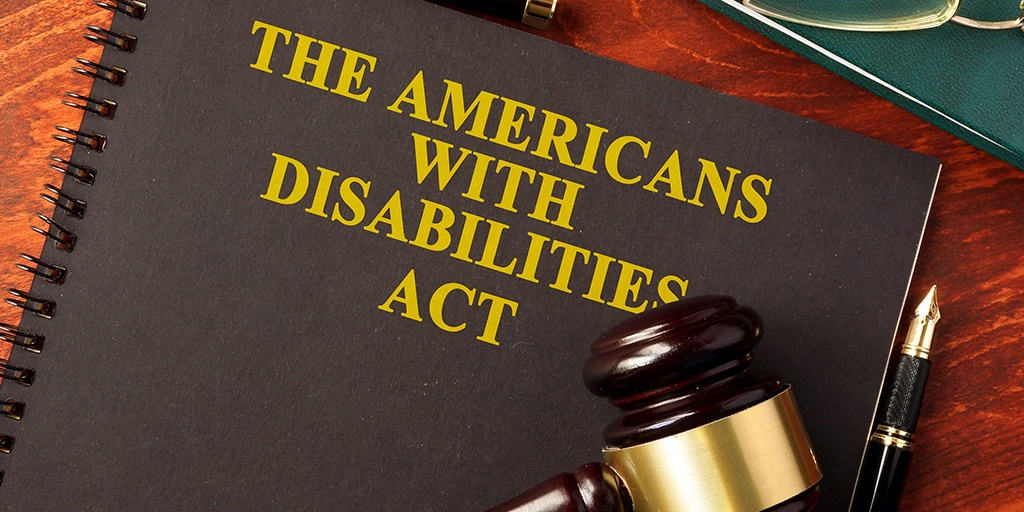One of the more confusing and contentious issues during design and construction is handicap accessibility compliance. Below we outline the key differences between the two codes that govern accessibility in New York City―The American Disabilities Act (ADA) and Chapter 11 of the NYC Building Code.
-The 2009 American National Standards Institute (ANSI), A117.1
Plans that are filed with the DOB often contain references to ‘ADA compliance’ — bathroom fixtures, maneuvering clearances, turning spaces, entrances, etc. However, the ADA Standards for Accessible Design (“barrier free” construction) consist of federal regulations enforced by the US Department of Justice (DOJ), and are not subject to review by the NYC Department of Buildings (DOB).
‘Places of public accommodation’, as defined by ADA, are subject to the DOJ regulations of Title III-4.4000. Examples of these types of facilities include restaurants, retail establishments, and public government buildings. These kinds of facilities are often subject to litigation and claims are routinely filed against these types of establishments for neglecting to remove “architectural barriers”— physical conditions that prohibit/restrict barrier free access to the facility — where they may be “readily achievable.”








